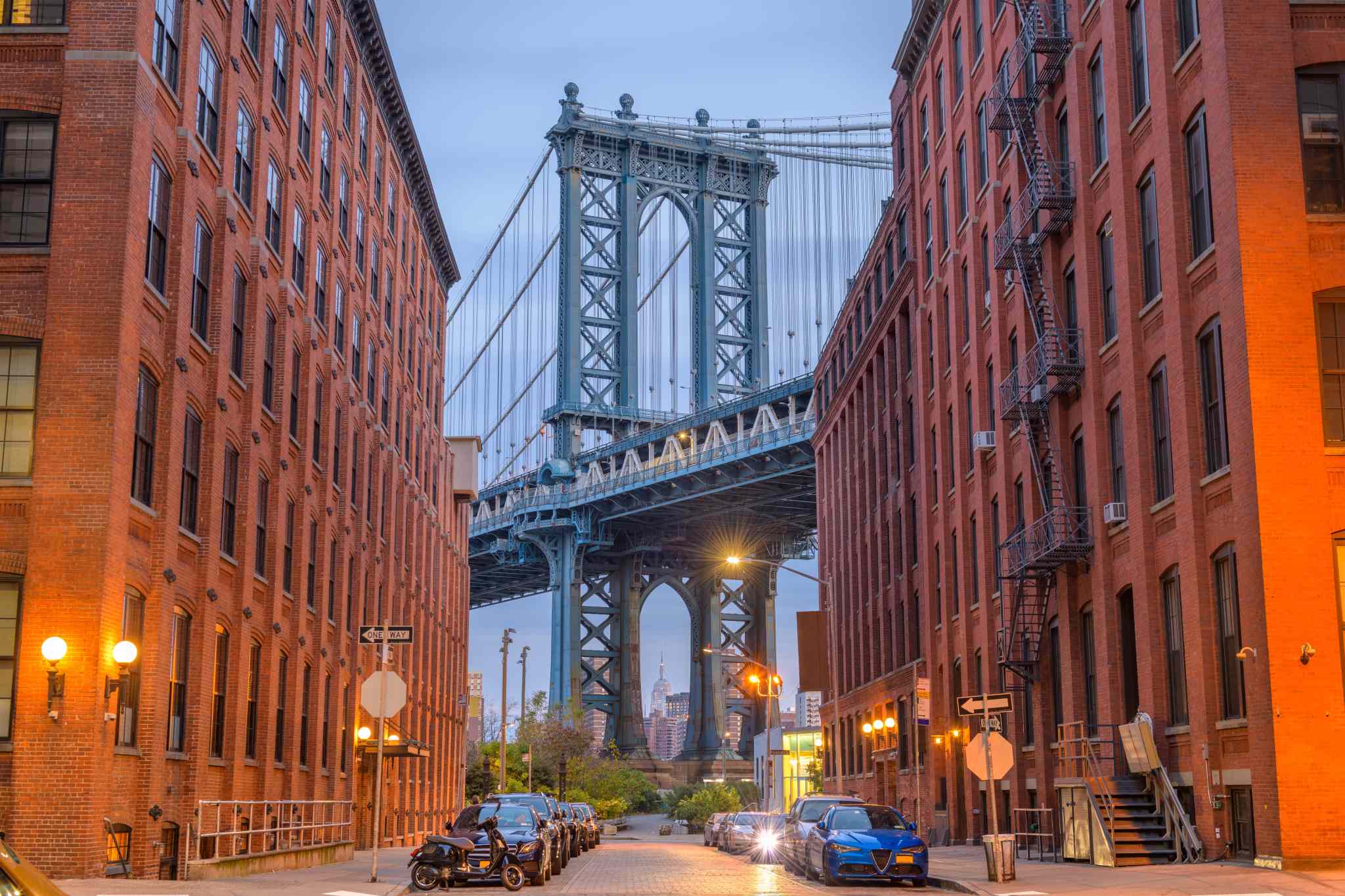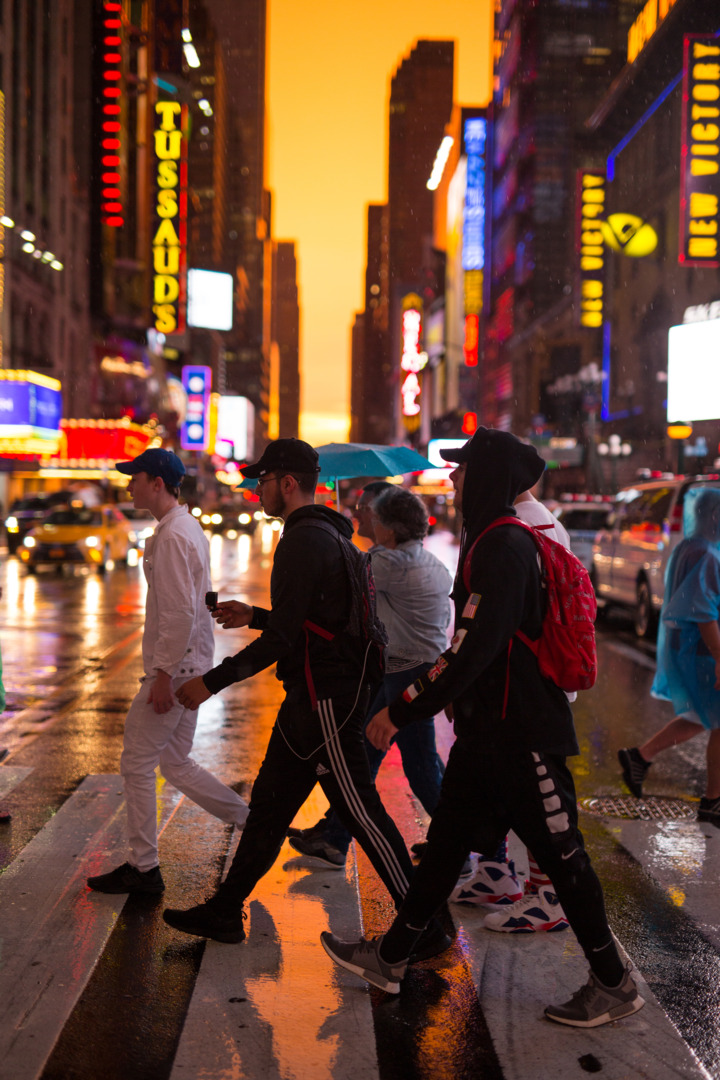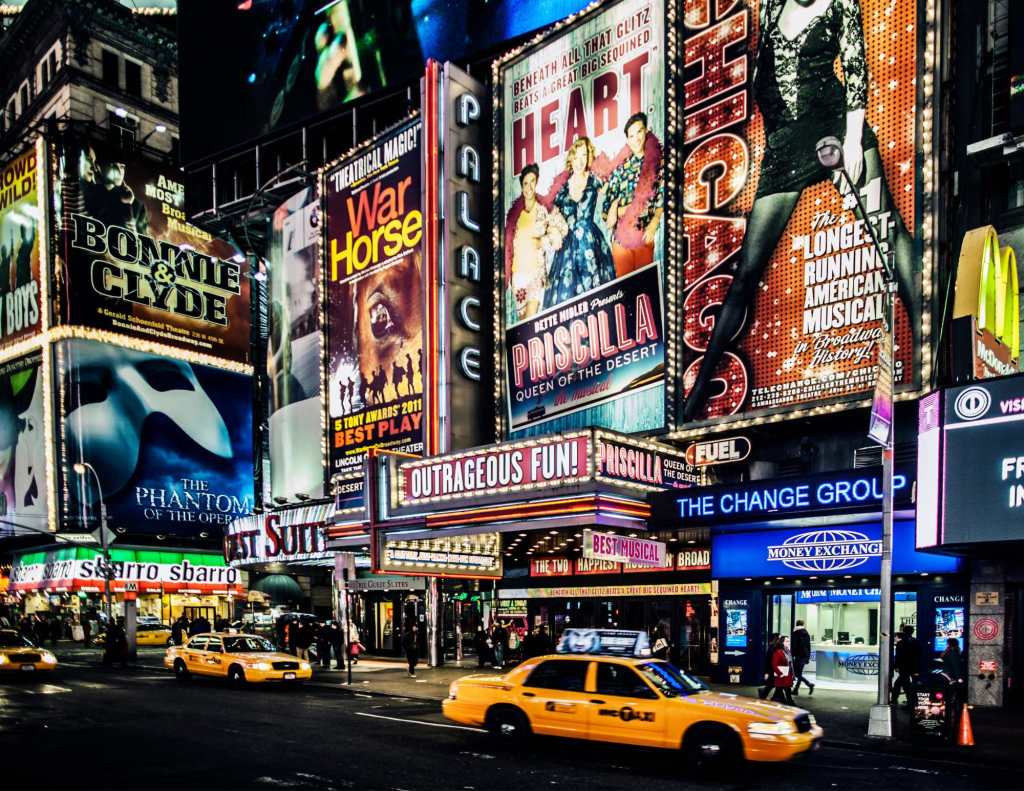Climate
NYC has a humid subtropical climate. Winters can be cold with temperatures often dropping below freezing, while Summers are typically hot and humid with temperatures averaging in the mid-80s°F (around 30°C). Spring and Autumn are usually mild and pleasant, making these seasons ideal for outdoor activities. There are occasional rain showers all-year round, so it is always a good idea to have an umbrella handy.
Money
The official currency in New York, as in the rest of the United States, is the U.S. Dollar (USD). Credit and debit cards are widely accepted across the city. Avoid carrying large amounts of money, EC New York recommends that all its students get a bank account for the duration of their time at the school.
Telephone Country Code
The United States country code is +1. New York City’s primary area codes are 212, 646, and 917.
Electricity
110 V; 60Hz – 2 flat-pin plug or third round pin. Travellers from countries using different plug types may need an adapter.
Tap water
Tap water in New York City is safe to drink, unless there’s a sign to the contrary, and is renowned for its quality and taste.
Transport
New York City has one of the most comprehensive and efficient transportation systems in the world. The Metropolitan Transportation Authority (MTA) operates the subway system, which runs 24/7 and connects all boroughs except Staten Island. Buses complement subway routes and provide access to areas not serviced by trains.
Subway, metro and bus: A one-way ride on the subway or local bus costs $2.75. The fare for an express bus ride is $6.75. Subway and bus maps can be found at each station and are given to students during orientation. One way for students to save money and explore the city to the fullest extent is by buying unlimited MetroCards. Each of these cards are valid for unlimited subway and local bus rides.
Bus Service: There are many ways to travel from NYC to various cities located on the East coast, including Washington DC, Philadelphia, and Boston. Travelling by bus to these cities can be very inexpensive. Some notable bus services offered are the BoltBus, MegaBus, Fung Wah, Lucky Star, and Greyhound. Many of these buses leave from Penn Station and/or the Port Authority.
Train: An easy way to explore the outskirts of New York City is to travel by train. Students can explore Long Island by using the Long Island Railroad (LIRR) or visit New Jersey via N.J. Transit.
Taxi: New York City is full of taxis. You can walk out of any building at any time and find a yellow taxi-cab. This is a quick way to travel through New York, but may be expensive depending on how far you need to go.
Public Transport Info
The subway is the most popular mode of transport, running 24/7 and covering all five boroughs. Buses are another affordable option, and both subway and bus fares are paid using a MetroCard or the contactless payment system OMNY.
You do not have to sign up or download an app to use OMNY — simply use your contactless credit or debit card, smartphone, or wearable device to tap and go. You will pay the same base fare – $2.75 – and still get free transfers. After 12 paid trips during one week it automatically switches to the 7-Day unlimited pass – no need to buy it upfront.








